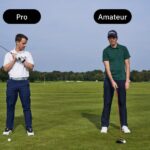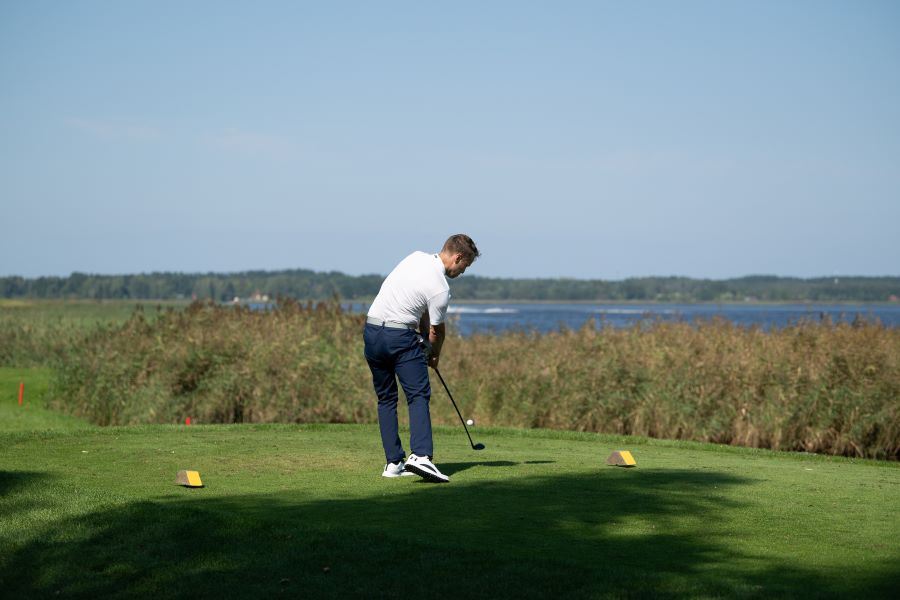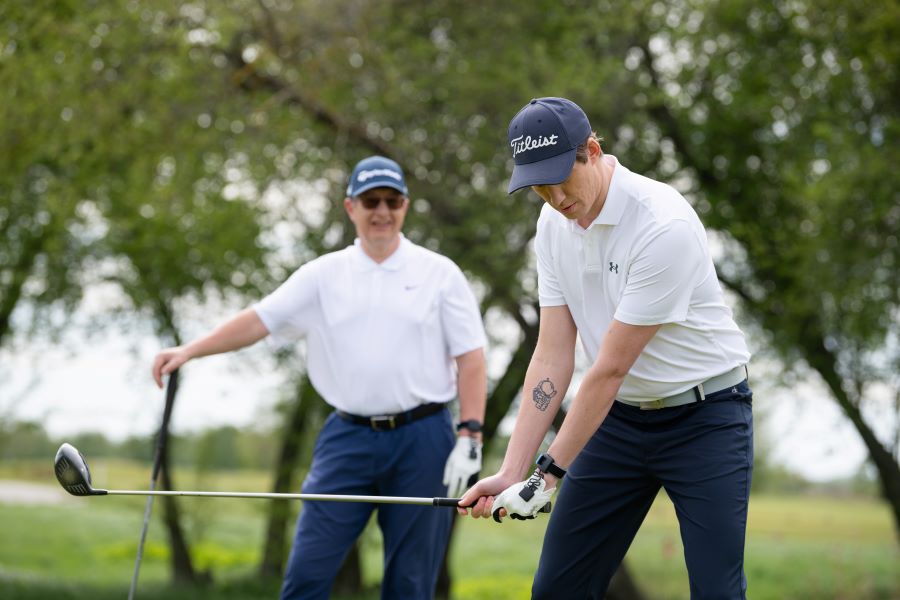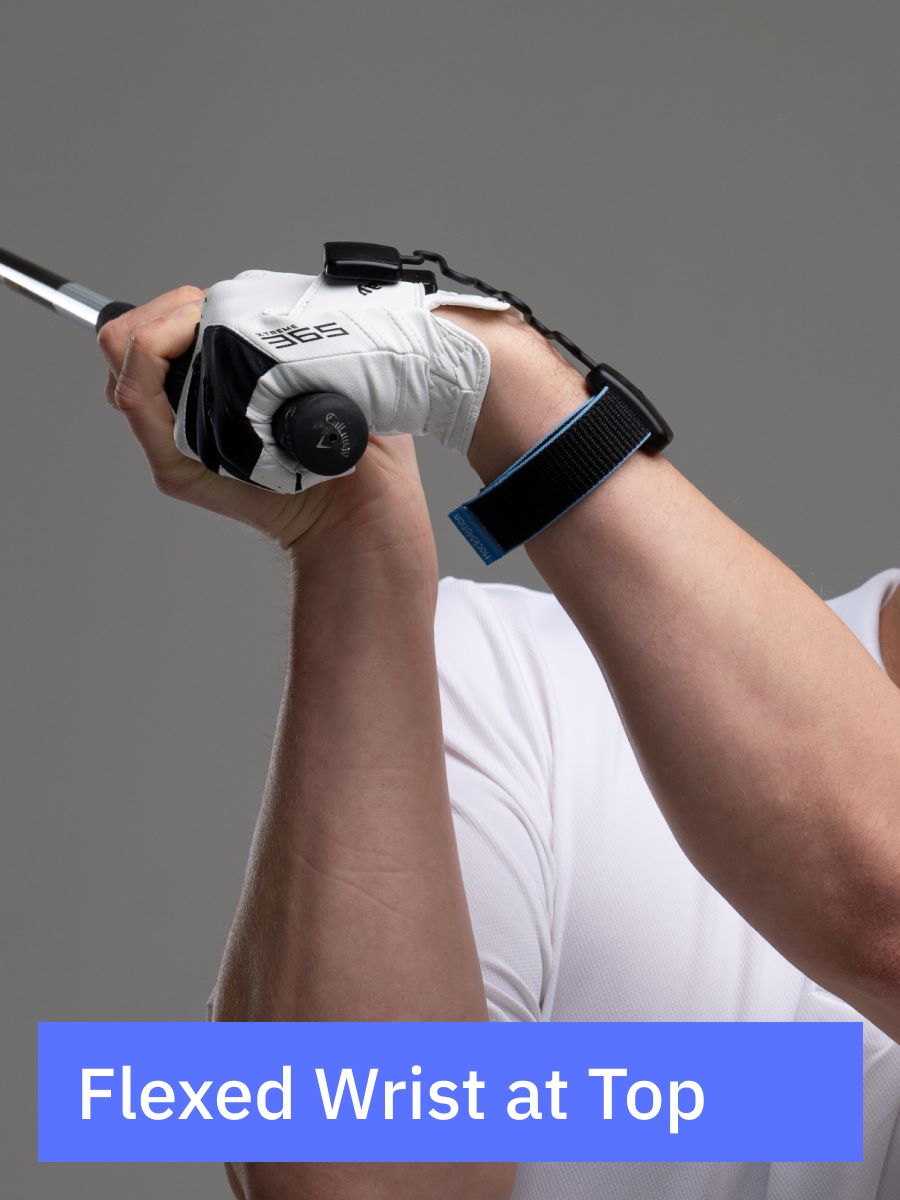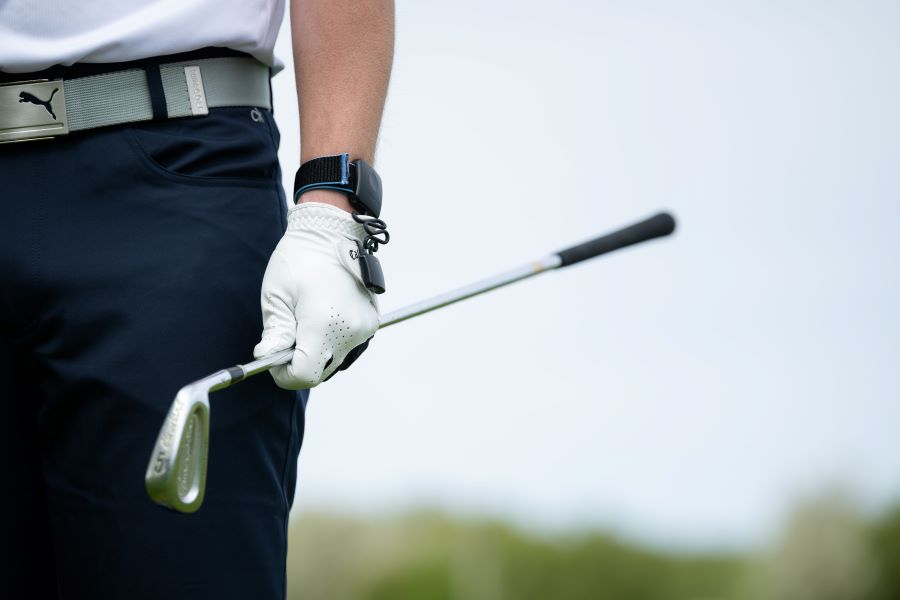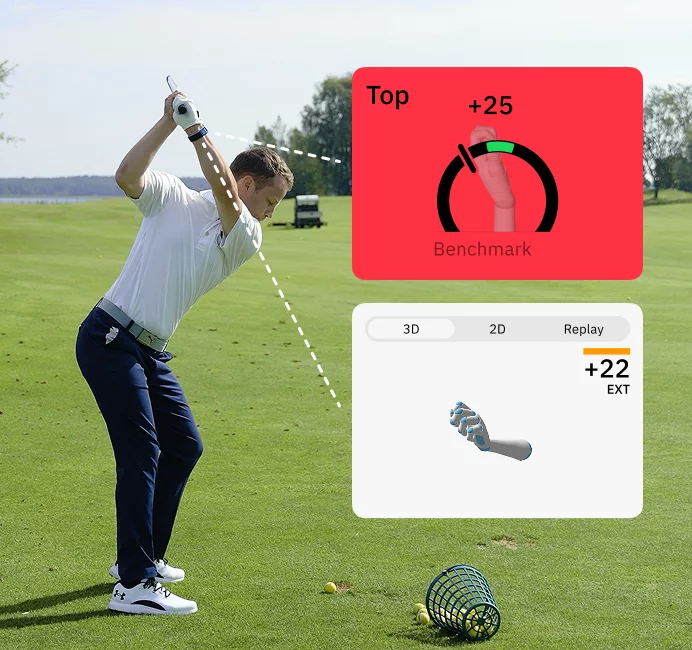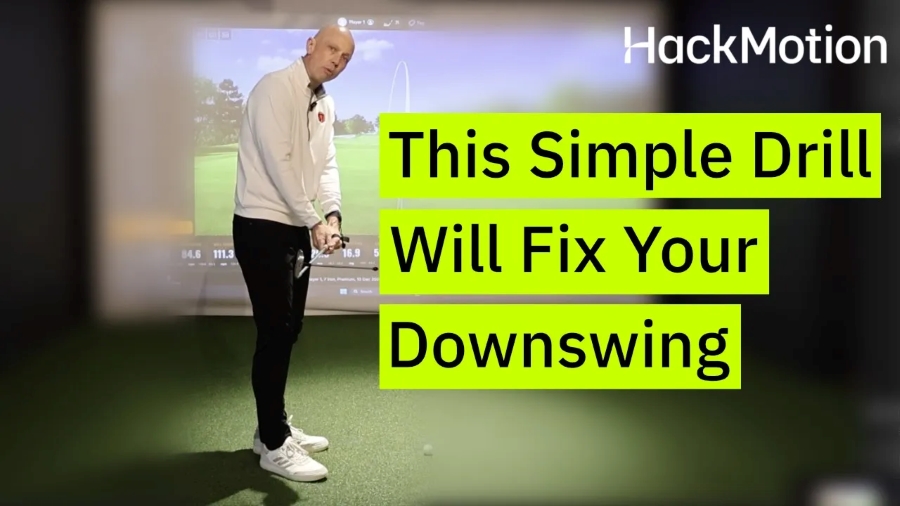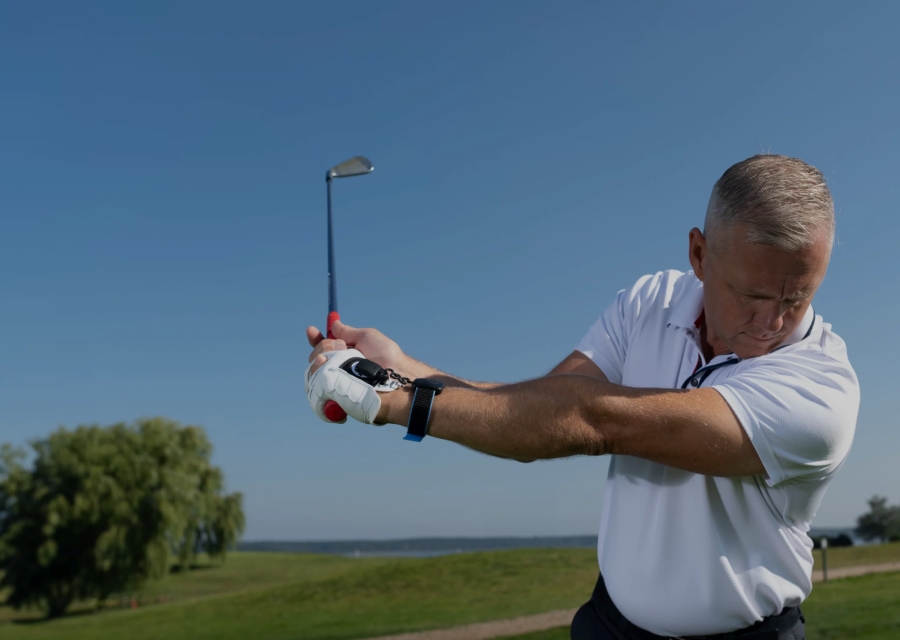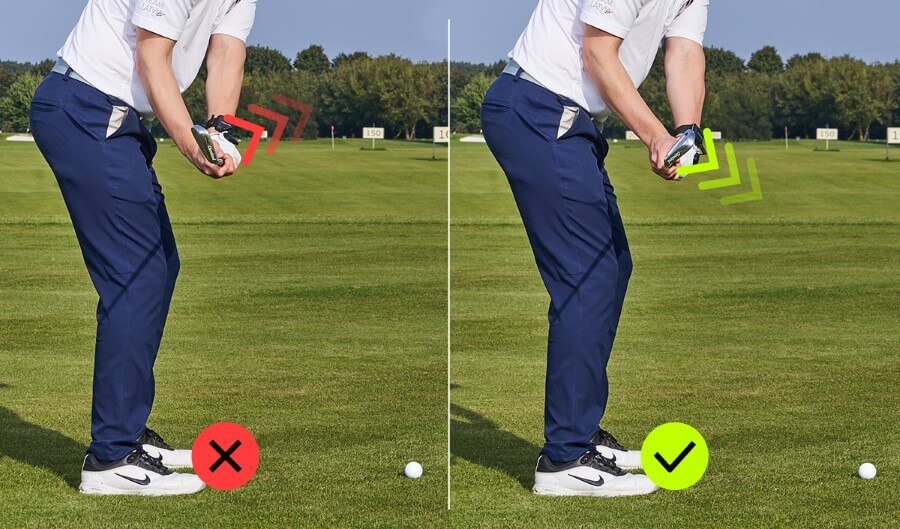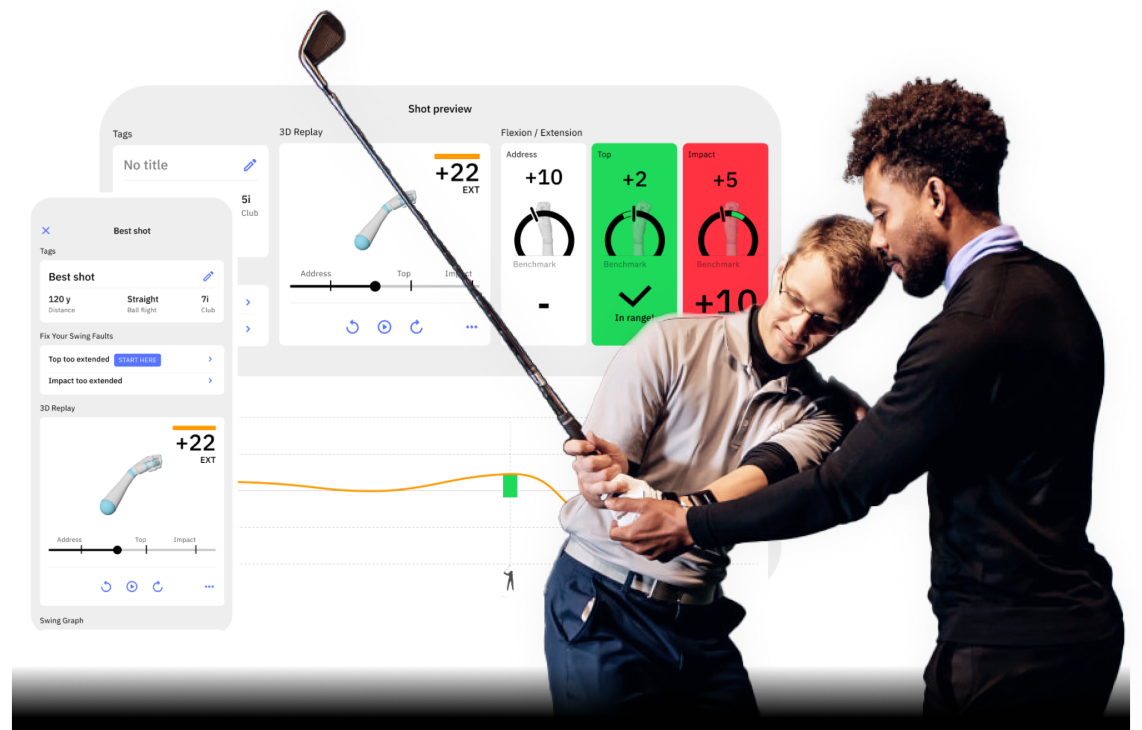How Wrist Angles Impact Ball Flight (High, Low, Draw, and Fade)
If you’ve been starting to dive into the world of golf swing mechanics, chances are you’ve learned that the wrists control the angle of the clubface.
However, there is more to what the wrists can do in your swing than just straighten your shot out.
If you are looking for a higher or lower ball flight or to try and fade or draw the ball, you must consider the impact of wrist angles on ball flight.
We will look at the importance of wrist angles in determining trajectory and help ensure that you have the proper flexion and extension in that lead wrist throughout the swing.
Key Takeaways
If you don’t have a chance to run to the range right now to work on your wrist angles and ball flight, here are a few key takeaways that you can think about until then.
- A higher ball flight is associated with a slightly open clubface and more extension in the lead wrist at impact.
- Lower ball flight is more about a closed clubface and more flexion in the lead wrist at impact.
- To change your wrist angles in your golf swing, you need to look at the setup position, the top of the backswing and again at the impact position to make sure they are accurate.
- The HackMotion will allow you to check on the position of the wrists throughout the swing and make improvements towards controlling your ball flight.
Contents
How Wrist Angles Influence Ball Flight in Golf
High Ball Flight
A higher golf shot can land softer on the green, have a little less roll, and give you a bit more control over where your shot finishes.
To achieve this higher ball flight, your wrist position needs to be a little more extended through impact.
The extra extension increases the launch angle, gets the shot up higher, and can add a new dimension to your game.
How to do it:
- To get these higher ball flight shots set up with the ball just a little further forward in your stance.
- When you get to the top of the backswing, instead of having this concept of moving the wrist towards a flexed or bowed position, let it stay a bit more flat but use quite a bit of acceleration.
- The more compression you can get with your iron shots, the easier it is to hit the ball higher.
Again, you’ll want to wear your HackMotion so that you don’t add too much extension and stay in this position of a flatter lead wrist.
Drills to get it done:
To keep a little more extension in the lead wrist and get that higher ball flight you can work on hitting pitch shots. During this motion you’ll get that feeling of staying flat with the lead wrist through impact without scooping the golf ball.
Another great drill is to tee a golf ball up with your iron. Focus on hitting shots where you compress the golf ball (don’t dig the club into the ground), but finish high and let that handle move up through the ball.
When you use a short tee, you’ll be more confident making this move. Don’t just focus on hitting the shot high here; focus on high and far.
Low Ball Flight
A lower ball flight is incredibly useful when you are looking to keep the ball under the wind. In addition, it can be used when trying to take advantage of hard conditions on the golf course that may encourage extra roll.
For a lower ball flight, you want to increase wrist flexion.
This increase in flexion of the wrist decreases the loft of the clubface and produces a lower overall ball flight.
How to do it:
You can set up with the ball slightly back in your stance for the lower ball flight shots.
This will help to make sure you are not hitting up on the ball and increasing the height. In addition, start with just a little extra forward shaft lean at setup.
When you take the club back, make sure that you are not hinging too quickly and adding an extension to the lead wrist. At impact, the hands need to lead, and the clubface should be square to even slightly shot.
Drills to get it done:
One of our favorite drills for working on flexion or bowing of the lead wrist is the motorcycle drill.
This drill teaches you the position of the lead wrist from the top of the swing down to the golf ball and how you should move that wrist. By adding flexion to the lead wrist or bowing it you will take away loft.
In addition, an impact bag is a good tool to have when working on lowering your ball flight.
Draw
The draw is a golf shot that starts directly at the target and then falls slightly to the left of it.
The right-to-left ball flight (for right-handed golfers) typically produces some of the longer shots. To hit a draw, the clubface needs to be slightly closed to the swing path at impact.
Again, when we want a slightly closed clubface at impact, we can expect more distance and a little extra roll when the ball hits the green.
How to do it:
To hit a draw, you’ll want to set up a slightly closed stance. This stance should focus more on an inside out swing path.
At impact, the lead wrist needs to be flexed to see the draw ball flight.
Drills to get it done:
One of the major issues that golfers struggle with when trying to hit a draw is getting the club too far away from their body and making it steeper than it should be.
For this drill, you’ll simply hold your lead warm with your trail arm and take some swings. The club will end up on a more shallow plane, and you’ll have an easier time flexing the wrist through the impact position.
Swing path drills can also be useful for golfers looking to hit a draw.
A good way to learn the path is to put a few tees down on the ground and ensure you strike the ball from the inside. Make sure the tees are on the outside of the ball and if you hit those when you make contact your path is incorrect.
Fade
The fade is a left to right shot (controlled) that typically flies higher and stops quicker on the greens.
To hit a fade you want your clubface to be a little more open through impact. In terms of wrist position, this will be a bit more extension instead of flexion.
How to do it:
The best times to hit a fade are when you have to land a ball softly to a pin on the right side of the green.
You’ll want to set up with a slightly open stance and focus on more of an outside-to-in swing path.
Some golfers feel a slightly higher backswing that is out and away from them, allowing for more extension in the lead wrist and a slightly open face through impact.
Drills to get it done:
One drill you can try when on the driving range is the hold off drill.
You’ll hold off releasing the club a little longer than usual until the clubface gets through impact. The hold off drill is something you may feel in your forearms.
Instead of the typical rotation that starts at the back of the downswing, pause it and try to release it just a little later.
The goal is to work on your timing so you don’t have to change so much in the actual mechanics of your swing.
Another great drill to help you hit a fade is the preset drill.
For this one, you will push the club back just past the takeaway position and feel like the clubface is slightly open. From there, go ahead and swing back and hit the ball. You should notice an easier time keeping the clubface open through impact and hitting a high soft fade.
Conclusion
Although you can make your own adjustments to grip, setup, stance, and swing plane to be able to hit different types of golf shots, one of the easiest ways to get this done is through the wrist angles.
However, when you work on your wrist angles, you must be sure you are wearing your HackMotion.
The HackMotion collects data, gives you recommendations on what you are doing right (and wrong), and ensures that you progress in changing your ball flight. It’s like having a coach with you at the driving range!

